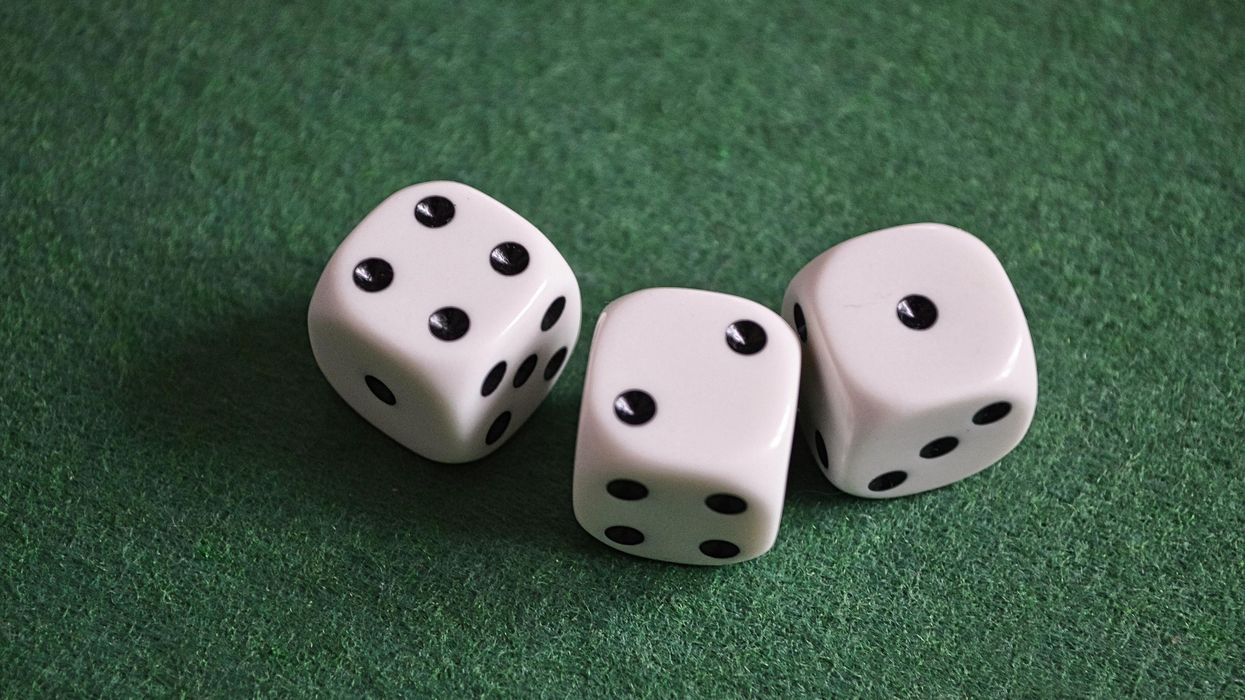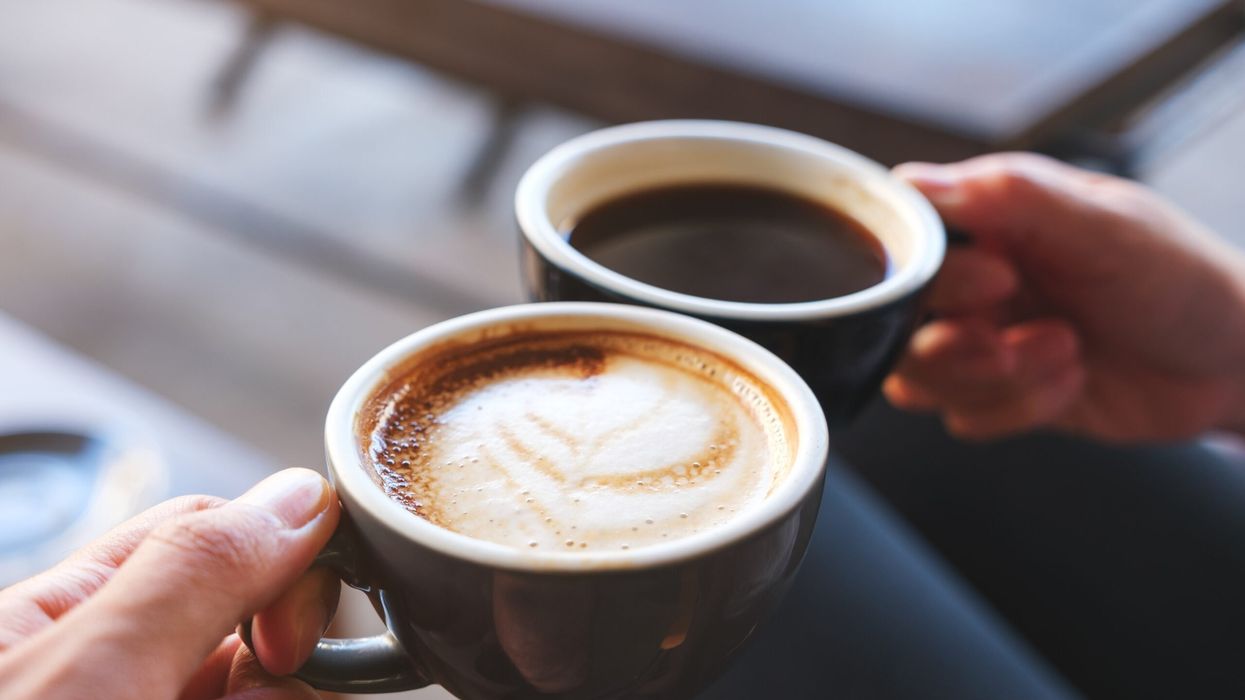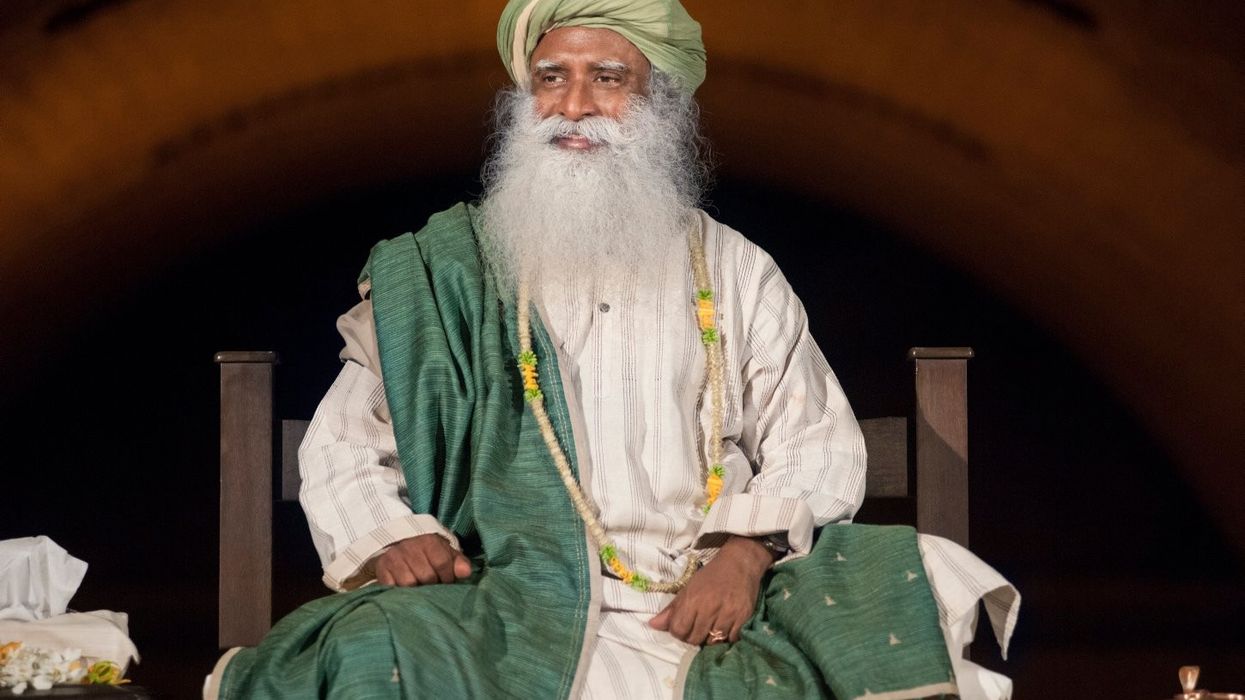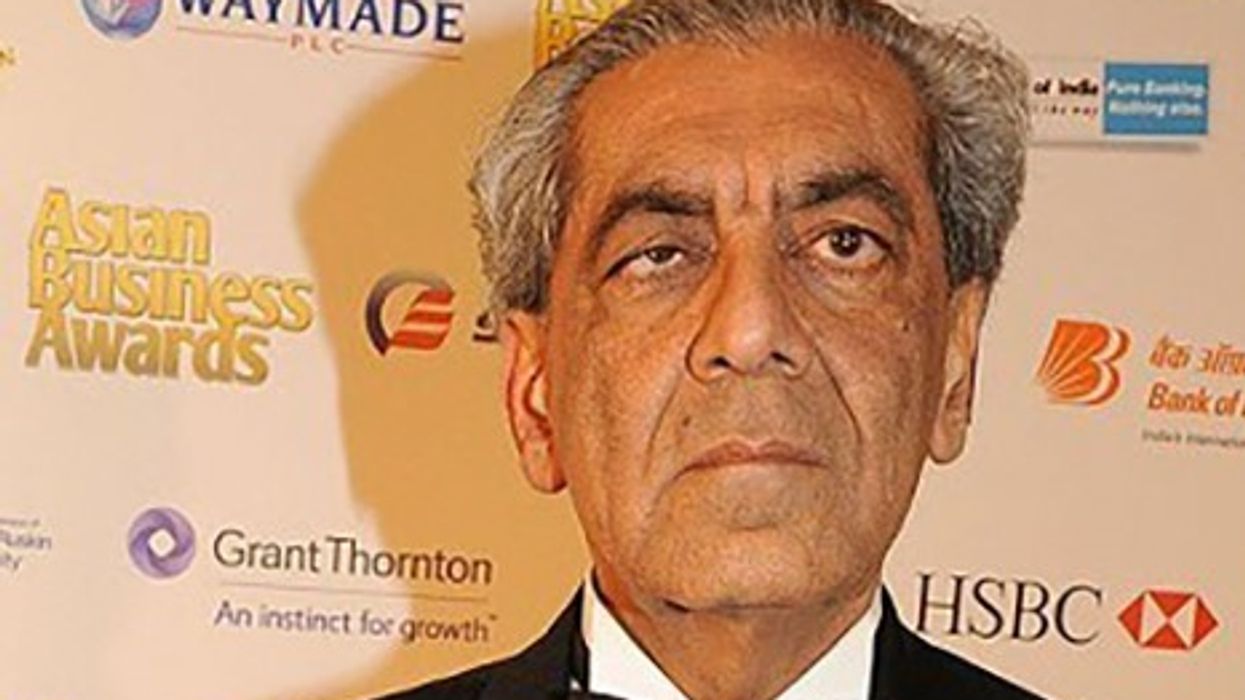BRITAIN'S official coronavirus death toll has topped 40,000, after the government reported a further 357 fatalities over 24 hours on Friday (5).
Health Secretary Matt Hancock said reaching the grim milestone was "a time of sorrow for us all".
"We've got to remember that each one of these is an impact on a family that will never be the same again and my heart goes out to them all," he said.
"And it makes me redouble my determination to deal with this virus."
His ministry said 40,261 people who tested positive for Covidi-19 had died as of 0800 GMT on Friday.
Britain was already second only to the US in terms of numbers of deaths, and broader statistics indicate the toll is much higher when suspected cases are taken into account.
The Office for National Statistics, which tallies all deaths in which Covid-19 was suspected or mentioned on death certificates, put the toll at 48,106 up to May 22.
Prime Minister Boris Johnson is going ahead with plans to ease lockdown restrictions imposed on March 23, after indications the virus was past its peak.
Some schools reopened this week to the youngest children in England, while non-essential shops will be allowed to reopen their doors from Monday.
A separate study published on Friday said about 53,000 people in England had coronavirus in the last two weeks of May.
But only 29 percent of those who tested positive had symptoms, the ONS said.
It surveyed almost 20,000 people in private homes and found that 21 people had the disease, which equates to some 0.1 percent of England's 56 million people.
Infection rate
As Britain gradually reopens, attention has focused on the R rate -- the average number of secondary infections produced by one infected person.
Scientists and ministers say the easing of lockdown measures depends on keeping the rate below one.
Modelling data published on Friday by one group that helps inform government policy suggested it was above one in two English regions.
"We believe it is probable that R is below 1 in all regions of England with the exception of the North West and the South West," said the study by Public Health England and Cambridge University.
However, the government said that information from a range of sources put the rate at between 0.7 and 0.9 across Britain.
Hancock noted that the government's recently launched "track and test" scheme would focus on identifying and isolating localised outbreaks of coronavirus.
Securing public support for easing lockdown measures and confidence about risks are seen as key to returning to a semblance of normality.
But the ONS found only four in 10 adults felt safe or very safe when outside of their home.
Almost two in three parents in England said they were not confident about sending their children back to school.
The study showed a decrease of positive tests in recent weeks but higher rates of infection for frontline health staff and those unable to work from home.
Face Covering
All visitors to hospitals in England will be required to wear face coverings and all hospital staff must wear surgical masks from June 15.
The announcement comes a day after the government said it would make face coverings mandatory on public transport.
The British government had initially said there was inconclusive evidence on the ability of face masks to prevent the spread of Covid-19.
The World Health Organization (WHO) updated its guidance on Friday to recommend that governments ask everyone to wear fabric face masks in public areas where there was a risk of virus transmission.
"We are advising governments to encourage that the general public wear a mask. And we specify a fabric mask - that is, a non-medical mask," the WHO's technical lead expert on Covid-19, Maria Van Kerkhove, said.
"We have new research findings," she added. "We have evidence now that if this is done properly it can provide a barrier ... for potentially infectious droplets."
In its new guidance, prompted by evidence from studies conducted in recent weeks, the WHO stressed that face masks were only one of a range of tools that can reduce the risk of viral transmission, and should not give a false sense of protection.





 A$AP Rocky received the Fashion Icon AwardGetty Images
A$AP Rocky received the Fashion Icon AwardGetty Images Donatella Versace accepted the Positive Change AwardGetty Images
Donatella Versace accepted the Positive Change AwardGetty Images Maitreyi Ramakrishnan and Bach Mai attend the 2025 CFDA AwardsGetty Images
Maitreyi Ramakrishnan and Bach Mai attend the 2025 CFDA AwardsGetty Images






